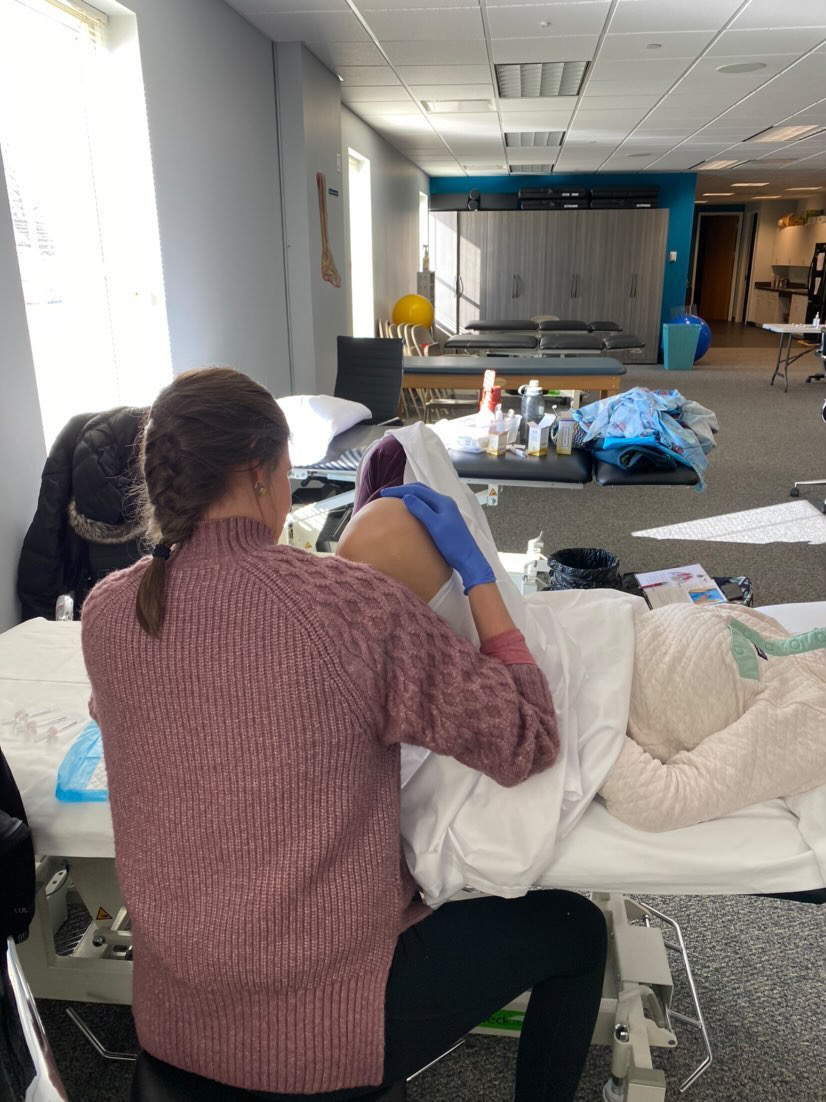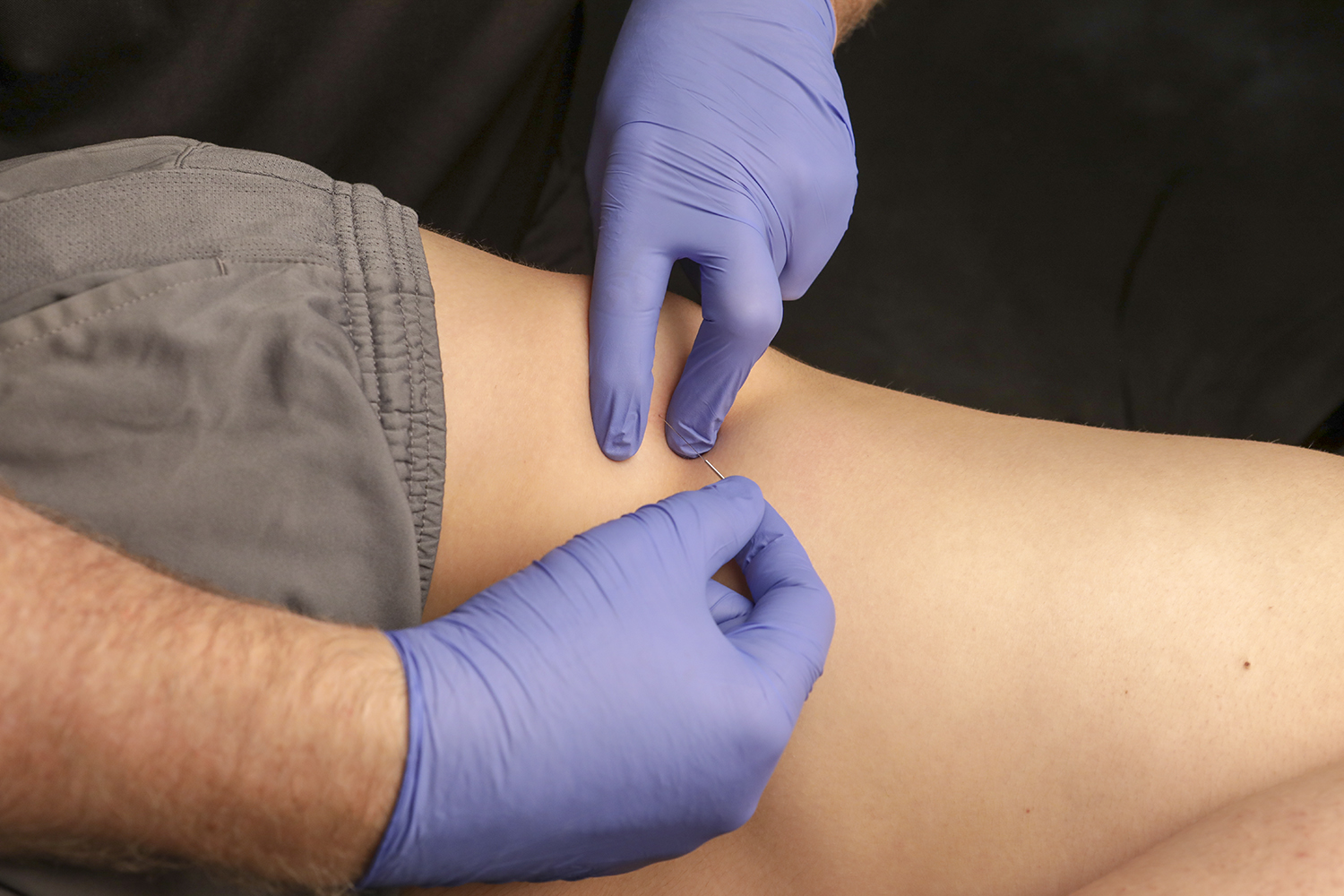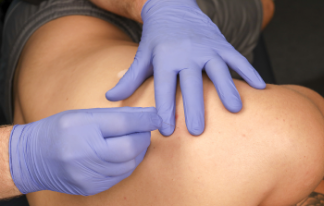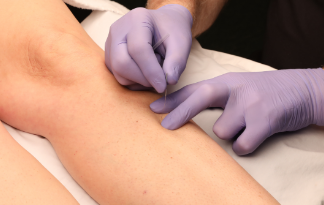Pelvic Floor Pain & Dysfunction: An Overview
Admittedly, pelvic floor issues and complications can be worrisome to treat for the un-trained physical therapist. Pelvic floor treatment has traditionally been relegated to the realm of pelvic floor or women’s or men’s health-trained physical therapists who do internal and specialized work. Due to the small number of pelvic pain physical therapists, patients suffering from pelvic pain could encounter long wait times. It’s not uncommon to wait months for an evaluation and just as long to begin their treatment, often leaving patients with serious dysfunction, pain, and a severe reduction in their quality of life.
In addition to specific urogynecological pathology, pelvic floor muscle pathology can contribute to a myriad of lower quarter dysfunction. When not investigated, it can prevent a patient from recovering from something that, on the surface, appears to be the simplest complaint of an acute low back pain episode. Because of this, it’s important for physical therapists and occupational therapists to become knowledgeable in techniques that can help patients who are experiencing pelvic complications and pain. From this perspective, dry needling for pelvic pain becomes an attractive option for physical therapists and occupational therapists looking to provide a pathway to relief.


Treating Pelvic Pain With Dry Needling
So, you are not a pelvic floor therapist and have no intention of becoming one. How can dry needling assist you in treating your patients that need immediate improvement in their quality of life? One of the most remarkable and distinct characteristics of trigger points is referred pain. A key intent of dry needling is eliminating trigger points. When looking at the referred pain patterns of easily accessible muscles, you will find that many can refer and mimic pelvic floor pain complaints.
Trigger Points & Chronic Pelvic Pain
In 2004, John Jarrell, MD, MSc, published an article titled Myofascial Pain in the Pelvis that takes a deep dive into the subject. This important study links the presence of abdominal trigger points with chronic pelvic pain. Fortunately for the therapist who is untrained in internal pelvic floor work, the abdominal muscles are easily investigated and treated with dry needling when applicable.
Jarrell confirmed that visceral disease and dysfunction may lead to the development of a “myofascial dysfunctional state.” All of this is to say that it would be prudent to investigate the abdominal muscles in a patient who may be coming to you with pelvic floor pain complaints and who also has a history of visceral disease. Discriminating visceral pain from somatic pain is an important distinction.
Other Relevant Muscles for the Non-Pelvic Floor Therapist
In addition to the abdominal muscles, there are many other muscles that a non-pelvic floor dry needling therapist can impact. Some of the muscles with trigger point referral patterns that can refer to the region of the pelvic floor are obturator internus, adductor magnus, quadratus lumborum, and piriformis. When these muscles are investigated and found to have active trigger points, treating them with dry needling can significantly positively impact patient pain in their respective areas of referred pain, in particular, the pelvic floor.
A Useful Tool for Non-Pelvic Floor Physical & Occupational Therapists
Dry needling can be an incredibly powerful tool for relieving someone of a pain that has usually persisted for an extended period and has typically been unresponsive to numerous interventions. Oftentimes, these patients are passed around from one practitioner to the next with very little resolution. Now, an opportunity exists through the thorough examination of muscles that is accessible to every physical therapist irrespective of training. By effectively treating the pelvic floor with the proper dry needling techniques, your patients have the chance to experience significant improvement in their pain as well as the ability to participate comfortably in their daily life.
Myopain Seminars Pelvic Floor Dry Needling Course
If you’re a practitioner that’s successfully completed a dry needling course like Myopain Seminars’ Dry Needling 1: Foundations I, as well as one pelvic course, the Myopain Seminars’ Dry Needling for Pelvic Pain course is the perfect way to progress your skills. Dry Needling for Pelvic Pain is an advanced course that combines pain science research with anatomy and biomechanics of the pelvis and pelvic floor.

Images from Myopain Seminars classes, and Dommerholt, J & Fernández De Las Peñas, C. 2018. Trigger point dry needling; an evidenced and clinical-based approach.Edinburgh, Churchill Livingstone, 2nd Edition
Dry Needling Course Series
The Dry Needling 1 course is an excellent starting point for learning the fundamentals of dry needling therapy. With a focus on the safe and effective application of dry needling techniques, you will gain a solid understanding of myofascial trigger points, needling techniques, precautions, and how to apply these techniques in clinical practice.
The Dry Needling 2 course is an intermediate-level course that provides in-depth knowledge and hands-on training for dry needling techniques of the extremities, including the upper and lower body. By completing this course, you will expand upon the skills you acquired in the DN-1 course and better understand the application of dry needling for managing musculoskeletal pain and dysfunction.
The Dry Needling 3 course is the final course in the series and the last step before becoming a Certified Myofascial Trigger Point Therapist – Dry Needling (CMTPT/DN). This course offers an in-depth study of advanced dry needling techniques for hand muscles, several lower extremity and foot muscles, the craniofacial and craniomandibular muscles, and more.





